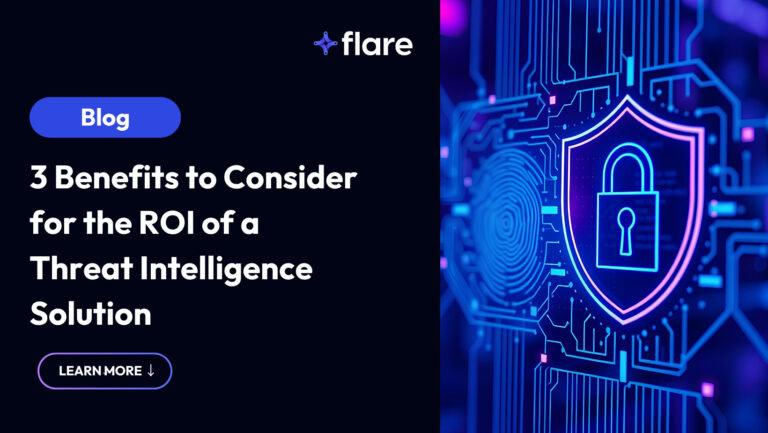
Today’s threat actors constantly probe your IT ecosystem for ways to gain unauthorized access and achieve their goals. Thinking like an attacker to figure out the paths of least resistance into your environment is imperative in protecting your digital assets and thwarting attacks. These paths together make up your attack surface—the complete set of entry points an intruder can harness to gain access.
With many digital assets now living outside of a well-defined network perimeter in cloud environments and other internet-facing services, blindspots and gaps in defenses are the norm rather than the exception. Misconfigurations, vulnerabilities, and weaknesses constantly emerge in the interplay between users and external-facing business assets.
Dedicated attack surface monitoring is essential for gaining the visibility needed to defend your systems and assets in a dynamic threat landscape—here is a definitive guide to this cornerstone requirement of a modern, proactive cybersecurity approach.
Attack Surface Monitoring: What is It?
Attack surface monitoring uses tools and strategies that help you to gain up-to-date visibility over an attack surface and any weaknesses or vulnerabilities that emerge in it. One recent survey of 200 cybersecurity and IT professionals found that 98% ranked attack surface monitoring as a Top 10 security priority.
Getting a snapshot of how your attack surface looks at a particular point in time is not enough. The rapid changes spurred by the use of cloud services, remote work, BYOD policies, and microservices apps mean that the risk profile of attack surfaces doesn’t remain static for long. This is why so many security professionals want full and constant visibility into their attack surfaces.
It’s important to delineate the idea of an attack surface and get more precise. You don’t just have one attack surface—there are several types of surfaces that you can monitor the risk exposure of.
The most basic breakdown is into physical and digital attack surfaces. The digital side of things entails applications, code, user accounts, ports, servers, and websites, etc. The physical side of things focuses on physical security vulnerabilities that enable malicious parties to get physical access to IT assets.
You can also get more granular when determining which attack surface to monitor. The external attack surface comprises all possible points of unauthorized entry using internet-facing assets. This is a particularly pertinent source of cyber risk given that threat actors can easily probe the internet for weaknesses or vulnerabilities in internet-facing assets.
When monitoring any attack surface, there are three important components at play:
- The software side of things: this includes applications, code, tools, websites, configurations, databases, etc
- The network side of things: this includes ports, protocols, channels, devices, firmware interfaces, on-premise, and cloud servers.
- The human side of things: this includes access permissions, social engineering susceptibility, and malicious insider risk.
For attack surface monitoring of an attack surface to be comprehensive enough, your approach should include all three factors.
How to Monitor Your Attack Surface
Use the following four steps as a general guideline for effective attack surface monitoring. The steps here will concentrate on the external attack surface because of the importance of tracking changes in the security risks to internet-facing systems and assets.
Get a Complete Asset Inventory to Identify Shadow IT
Effective attack surface monitoring starts with a comprehensive asset inventory. Blindspots must be avoided because even if there are assets you can’t see, a technically adept malicious outsider is likely to find them. The obvious systems and assets that you can easily see and map out include web servers, websites, open ports, APIs, user accounts, and cloud access permissions.
Your asset inventory needs to cover all less clear and obvious systems and assets, such as:
- Abandoned assets like source code repositories, cloud development testing environments, orphaned user accounts, and SSL certificates that are no longer used but remain live.
Shadow assets (e.g. SaaS apps) used by individuals, business units, or partners without the oversight of your central IT department.
Define Risks
Attack surface monitoring is ultimately an exercise in cyber risk management. Remember that the attack surface is all the possible entry points into a system or asset. It’s therefore imperative to get clear about the risks faced by the various assets and systems that comprise an attack surface so that you can understand these entry points (attack vectors) and quantify the risks.
Using a cloud storage system that houses important data as an example, the risks include user accounts being broken into with stolen credentials, misconfigurations that leave the data open and available to anyone online, and insider threats. Assign these risks a score based on their likelihood and potential impact so that you can better focus your mitigation efforts when vulnerabilities and weaknesses emerge.
Use Dedicated Tools to Monitor Your Attack Surface
A manual approach to attack surface monitoring is impractical, particularly for your external attack surface. There is just too much happening on a daily basis for your IT team to track and keep up with changes. Monitoring multiple channels manually using a variety of tools is likely to lead to coverage gaps even if you’ve fully mapped out your attack surface.
Dedicated attack surface monitoring tools are a necessary piece of the puzzle. Look out for tools with some sort of detection engine that triggers alerts based on changes to the risk profile of assets.
Ideally, opt for solutions that eliminate noise and allow analysts to focus on actionable threat data from a single pane of glass.
Ensure Continuous Visibility into your Attack Surface
Finally, continuous visibility ensures that you can track the changes that happen regularly in your IT ecosystem. Development teams or business analysts regularly bring new assets online, older assets get abandoned, credentials get leaked on the dark web, and unmanaged assets get provisioned without waiting for IT approval. You should regularly scan for new assets using any available tools and use your dedicated attack surface management or monitoring solution to track important changes 24/7.
Monitor Your Attack Surface with Flare
The Flare platform is a digital footprint monitoring platform that identifies and continuously monitors your company’s external digital assets. Flare’s AI-driven system eliminates noise and allows analysts to focus on actionable threat data from a single pane of glass with a simple interface.
Book a demo today to try it out.





